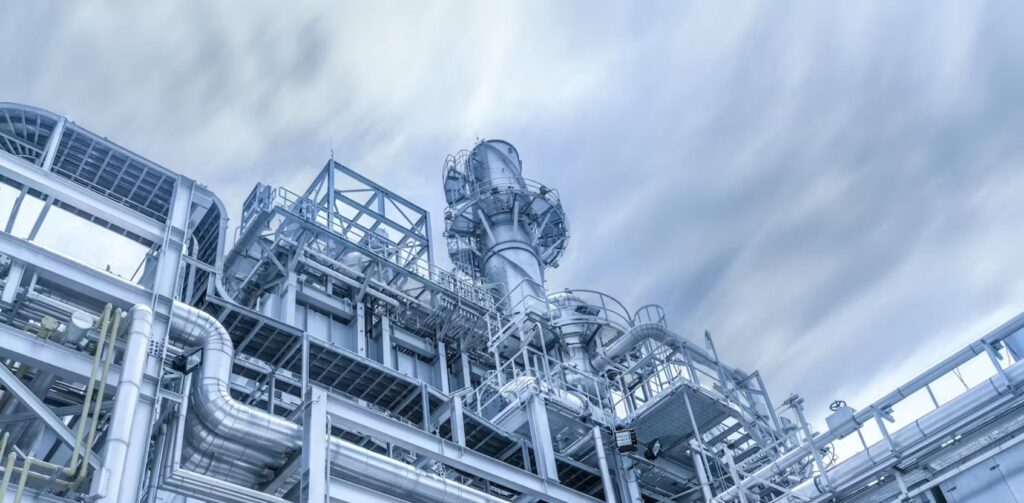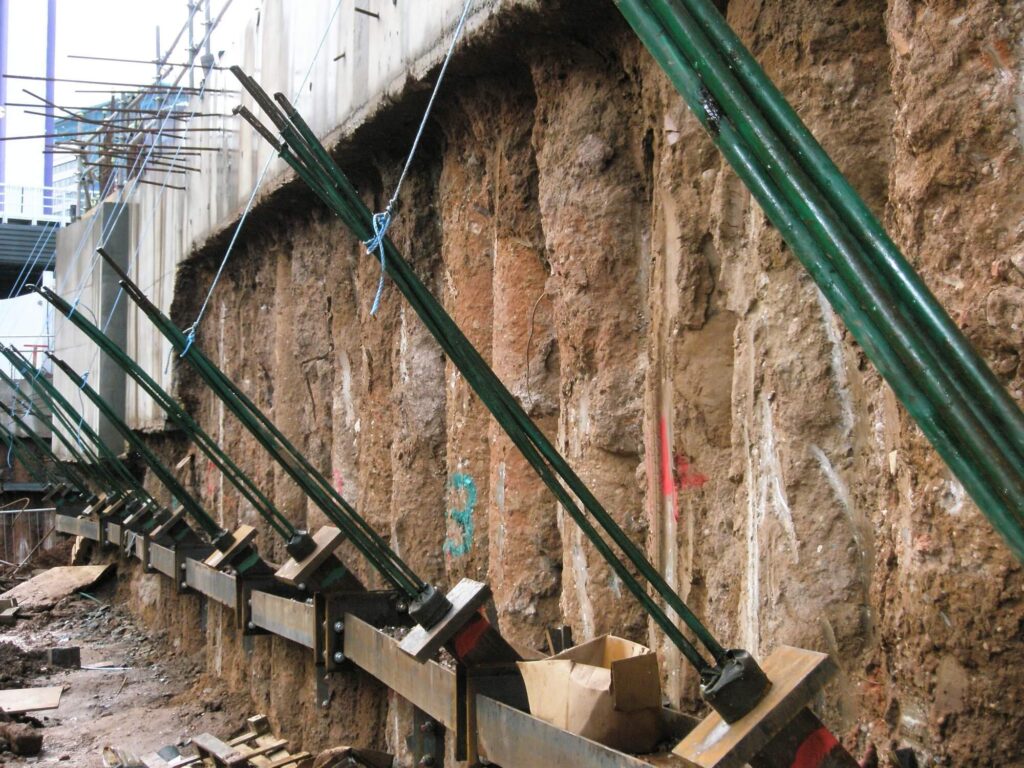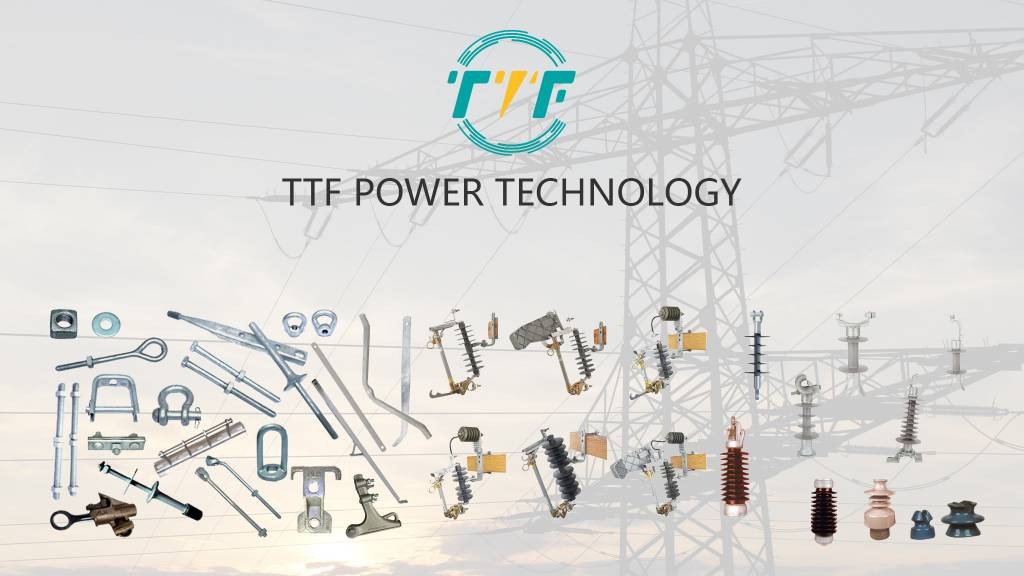
As temperatures rise, there is a growing demand to lower global emissions and achieve net zero goals. Carbon capture, utilization, and storage (CCUS) is a technology that offers solutions for achieving net zero targets. This technology consists of extracting carbon dioxide from the air, transforming it into useful products, and storing it below ground. It might assist in reducing carbon emissions in crucial sectors like energy, manufacturing, and agriculture. South America possesses a varied energy mix and abundant natural resources that may aid in diminishing the carbon footprint. South American nations are embracing this technology to lower greenhouse gas emissions and reach their established targets under the Paris Agreement. Nations such as Brazil, Chile, Argentina, and Colombia are putting resources into this technology. CCUS can lower emissions from oil extraction, mining operations, and electricity generation plants. Ground anchors are essential elements in aiding South America’s net zero objectives.
Ground anchors ensure the structural stability of storage and injection infrastructure. they secure wellheads, pipelines, and injection facilities in areas prone to ground movement. Grounding anchors stabilize the pipelines used for injecting captured CO2 into deep geological formations. countries like Chile, Peru, and Ecuador experience seismic activity. The anchors help absorb vibrations and reduce movement risks at CO2 injection sites. The use of ground anchors extends the operational lifespan of CCUS facilities in South America.
The role of ground anchors in carbon capture, utilization and storage solutions
Ground anchors are crucial in the infrastructure development and stability of CCUS solutions. The anchors enable the reliable energy transmission for carbon capture, utilization and storage facilities. Ground anchors ensure the stability, safety. and efficiency of infrastructure needed to capture, transport, and store CO2. Offshore CCUS projects in Brazil need stable power supply to offshore platforms. The following are the common roles of ground anchors in South America’s CCUS solutions.

- Stabilizing infrastructure for CCUS facilities – ground anchors secure the foundations for carbon capture plants. These plants are crucial for capturing CO2 emissions from industrial sources like power plants, and cement factories. Ground anchors help stabilize pipelines that transport captured CO2 from capture sites to storage.
- CO2 storage infrastructure – grounding anchors stabilize drilling rigs and injecion wells during construction of CO2 storage sites. Ground anchors secure monitoring equipment used to track the movement and containment of stored CO2.
- Renewable energy integration – ground anchors aid in instaling wind turbines and solar panel arrays. Wind turbines in regions like Patagonia need robust anchoring systems to withstand high winds.
- Offshore CCUS projects – ground anchors secure floating platforms and subsea infrastructure for CO2 capture and storage. Thisis crucial in areas like BRazil where offshore oil and gas production is significant.
- Carbon utilization projects – grounding anchors provide stability to infrastructure for carbon utilization projects. Thsy provide stable foundations for equipment and pipelines to handle high-pressure CO2.
- Mitigating geological risks – seismic ativity in the Andes and Volcanic rgions pose risks ro CCUS infrastructure. Ground anchors help mitigate these risks by providing extra stability to structures.
Emerging CCUS technologies in South America
South America is striving to enhance CCUS to aid net zero objectives, decarbonize sectors, and establish carbon markets. For example, Brazil is at the forefront of offshore CCUS, Chile is leading innovations in C02-to-fuel technologies, and Argentina is investigating geological storage within shale formations. For South America to grow its CCUS, it requires policy backing, infrastructure enhancement, and global cooperation. Ground anchors offer stability to CCUS facilities to guarantee their dependability and effectiveness. Established CCU technologies in the area consist of pre-combustion carbon capture, post-combustion carbon capture, and geological storage.TTF is a world-class global provider of high quality overhead line hardware, transmission hardware, distribution hardware, conductors, insulators, cutout switches, anchoring and grounding products. New CCU technologies that are emerging consist of:

- Direct air capture – this technology removes CO2 straight from the air. It is a concept for incorporating forestation and land rehabilitation initiatives in the Amazon, Andes, and Patagonia areas.
- CO2 mineralization and utilization – this transforms CO2 into solid carbonates for application in building materials. For example, Chile and Peru are investigating CO2 mineralization as a decarbonization method in their mining and cement sectors.
- Offshore CO2 storage and CCUS hubs – these involve extensive carbon dioxide storage in marine reservoirs, linked with local carbon capture facilities. This minimizes the dangers linked to land-based injection locations.
- CO2-to-fuels and synthetic chemicals – this process employs carbon dioxide to produce synthetic fuels, methanol, and chemicals through hydrogen-driven methods.